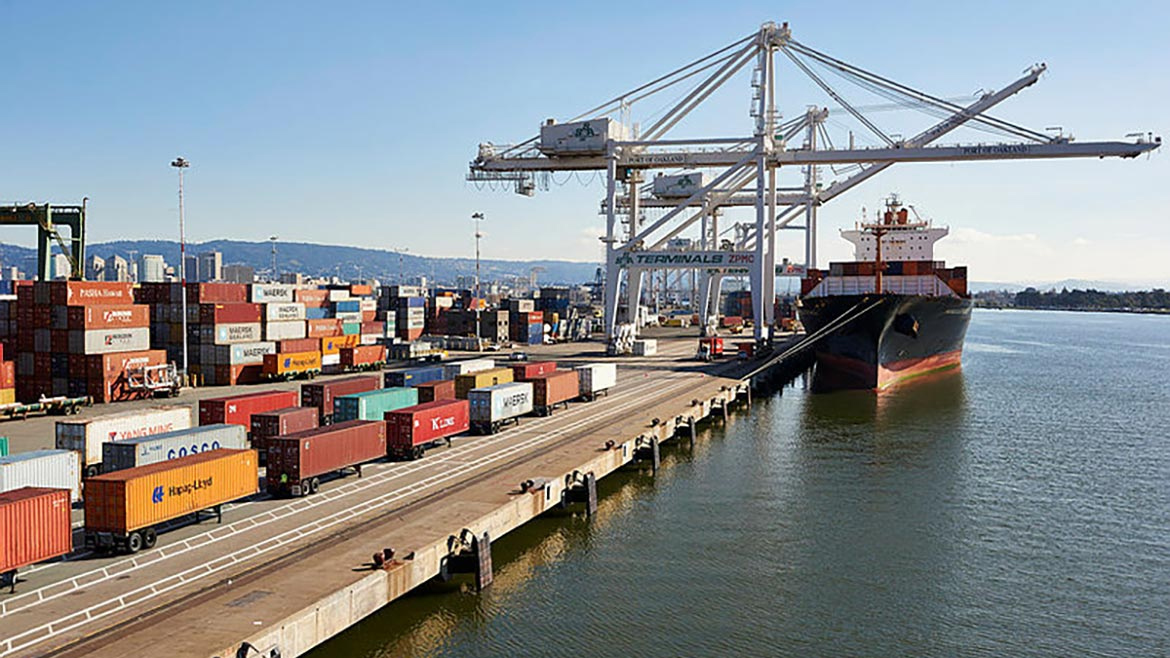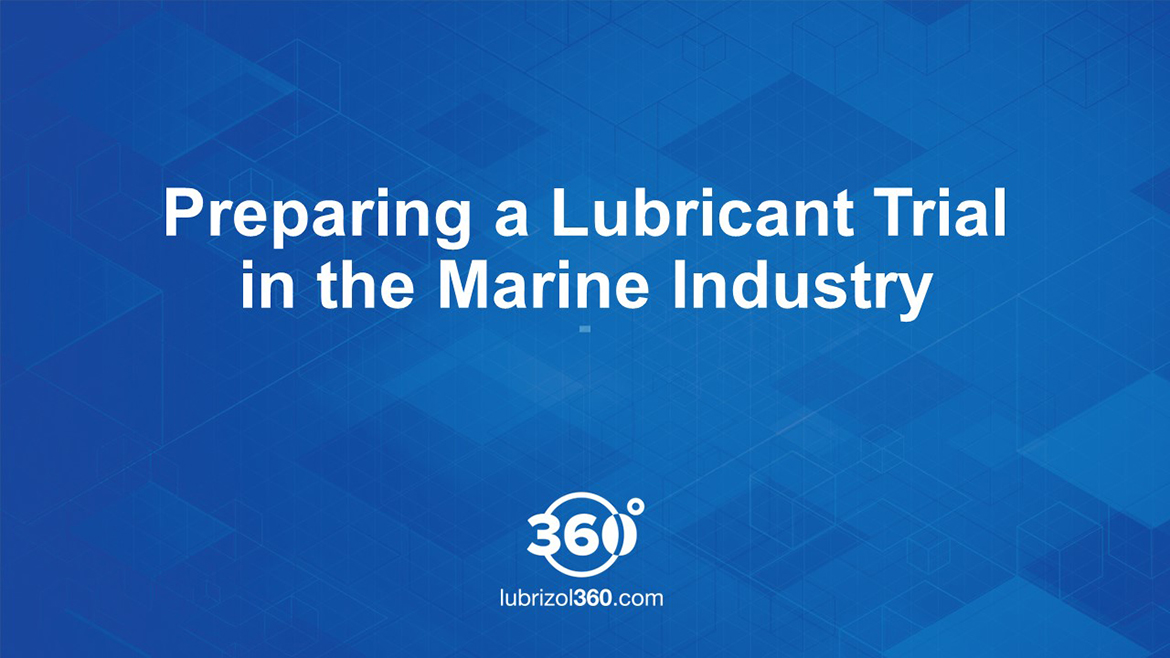Jul 15, 2020
Posted by Ian Bown, Technical Manager, Marine Engine Oils, Harriet Brice, Technology Manager, Marine Engine Oils
Early reports on the variable quality of very low-sulfur fuel oils confirm research highlighting the need for robust cylinder lubrication when using the new fuel blends.
Looking back on the first three months since the implementation of IMO’s global sulfur cap, it seems that concerns over the variability of new very low sulfur fuel oil (VLSFO) blends were justified. To cite just one example, Lloyd’s Register’s Fuel Oil Bunker Analysis and Advisory Service (FOBAS) has issued three alerts on excessive sediments in VLSFO. FOBAS’ analysis shows that five percent of all VLSFO samples taken in Singapore in the first two months of 2020 had high sediment volumes. In Rotterdam, the figure rises to 23%.
The widespread problem highlights the variable quality of the available blends. There are two likely reasons for excessive sediment:
- The variable stability of individual fuels
- The mixture of incompatible fuels, for example when tanks have not been fully cleaned prior to the use of VLSFO
Sediment is not just a theoretical issue. It has already affected ship operations, causing sludging and blocking filters. Whether the cause of sediment is mixing of incompatible fuels or variable stability, the precipitation of asphaltenes from the solution is a potential contributing factor. Asphaltenes, high molecular weight molecules that are particularly sensitive to changes in a fuel blend’s overall composition, can cause problems along the fuel line if they fall out of solution.
The early sediment issues support findings of our research conducted before the sulfur cap entered force, in which bench and engine tests revealed a high degree of variability in deposit formation and combustion characteristics among VLSFO blends, even using samples acquired from a relatively small geographical area. The findings led us to note that existing lubricants are not adequate to offer protection from issues caused by widely variable VLSFOs.
Testing VLSFOs Before 2020
In early 2019, we embarked on a research project to help us understand the characteristics of VLSFOs, their effect on engine deposits and how lubricants perform when used with these fuels. We closely examined five such fuels available in China—one of the only markets where they were available before late 2019—alongside five VLSFOs blended by our in-house laboratory. The results demonstrated how appropriate additives can effectively reduce the impact of fuel variability, with enhanced deposit control improving engine durability.
The fuels sourced in China provide a good example of VLSFOs that meet the ISO 8217:2017 marine fuel standard. But during use, we observed measurable differences in deposit formation. These blends are manufactured from normal refinery components that meet the specifications for residual fuels set out in the ISO standard. But even using these well-known fuel streams, the formation of deposits can vary considerably between blends. To study this, piston groove cleanliness was tested using three different batches of VLSFO and a reference cylinder lubricant. One of the three engine tests showed increased deposit formation. As the engine operating conditions were similar, the difference can be attributed to a variation in fuel properties.
Even within the same small sourcing area, variation can be seen to affect the amount of deposit formed in the engine, with the global expansion of 0.5% sulfur fuels, the variation could be even greater as more atypical blend constituents are used to meet demand. Using a more robust lubricant will help to reduce the impact to the engine of this variability.
Compatibility and Stability
Compatibility concerns around VLSFOs relate to the co-mingling of incompatible bunkers and can be managed through tank segregation until compatibility can be confirmed through testing. Stability refers to each individual fuel blend being a stable product. A contributing factor underlying both is asphaltene stability.
One way of characterizing fuel composition is by determining the quantity of saturate, aromatic, resin and asphaltene (SARA) fractions. These components are each associated with asphaltene stability and so this technique can be useful in identifying fuels with the potential for stability issues.
As well as establishing the SARA measurements, we also probed the stability of the commercial VLSFOs using a proprietary bench test. The three most unstable blends were then tested with two additives: a detergent known to be effective in deposit control and asphaltene stabilization (additive 1) and a novel dispersant known to be effective in deposit and varnish control and asphaltene stabilisation (additive 2). The novel dispersant was shown to be the most effective in the engine by controlling deposit formation on piston lands and in piston ring grooves with this fuel.
Detergents are not the only additives in the formulators tool kit. Dispersants are very good at piston cleanliness. They have been used in automotive applications for many years but are not commonplace in marine cylinder oils for deposit control.
In order to determine the appropriate base number (BN) and deposit control requirements of cylinder lubricants for use with 0.5% sulfur fuels, we formulated a series of BN25 and BN40 oils and tested these with commercially available VLSFO blends in a stationary two-stroke marine diesel engine. Scrapedown samples were used to tell if the lubricant was delivering enough protection from corrosive wear.
To maintain corrosion protection, residual BN of scrapedown oil should be maintained at around 15 or higher, according to OEM guidance at the time of development. The average residual BN for the BN25 oils across all tests was 12.5 compared to an average of 24.2 for the BN40 oils. Therefore, we concluded that BN40 was the most appropriate level for oils used with VLSFOs, providing enough base reserve to meet OEM guidance while allowing some margin for more corrosive engine types and operating conditions.
Our advanced dispersant known to be effective at addressing piston groove deposits and varnish was used to formulate one of the BN25 oils for comparison with a conventionally formulated oil. The lubricant with advanced dispersant had superior piston cleanliness with lower deposit formation in the piston ring grooves and on the piston lands. The BN25 oil with advanced dispersant also offered improved performance than a conventionally formulated BN40 oil, demonstrating that performance can be delivered independently of BN.
The testing demonstrated that BN40 oils previously developed for use with fuels with a sulfur content of up to 1.5% may not provide the performance required to handle VLSFOs. It also demonstrated the effectiveness of dispersants to bring additional performance in the area of piston cleanliness compared to conventionally formulated oils when using these fuel blends.
Our View
The additive chemistries found in traditional marine diesel cylinder lubricants may not suffice for the challenges of handling VLSFO blends. More advanced solutions are needed to tackle deposit formation without relying on the high-base detergents that were a mainstay of cylinder oils used with high-sulfur fuels.
The results of the research and the need for more robust lubricants when using VLSFOs now appears to have been supported by early experience in the field.
A noticeable amount of fuel variation has been recorded in the market. Consideration should be given to the combustion effects of the fuel and the demands placed upon the cylinder lubricant used. We would advise any lubricant purchase decision makers to consider how their oil will meet the challenges coming from the known and widely publicized concerns relating to these new fuels.
For more information, please contact your Lubrizol representative.









